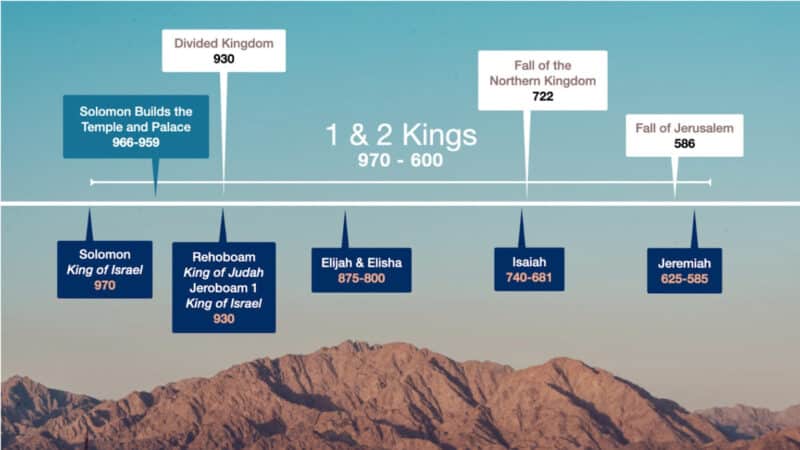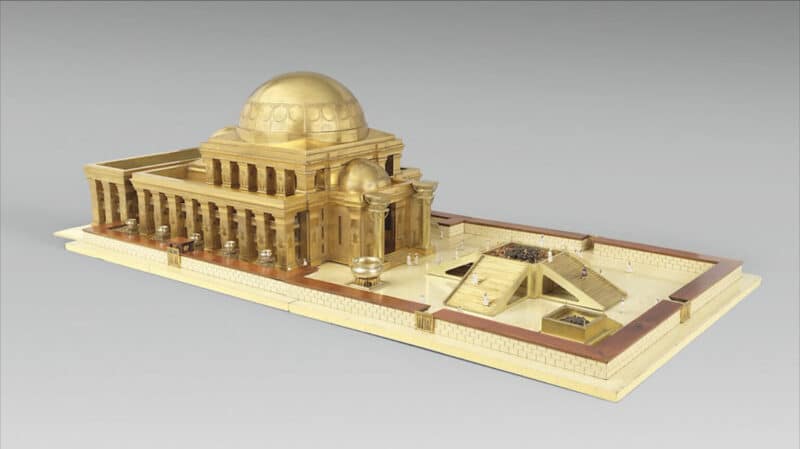October 8, 2023
1 Kings 6
A Sacred Covenant and Some Construction
Solomon was known for two things: his vast amount of wisdom and for building the first Jewish temple in Jerusalem. What impelled Solomon to undertake such a massive project and build that majestic and beautiful temple? What was the significance, meaning and purpose of the temple? What did it foreshadow for the worship of God in our own day and time?
Join Pastor Jim as he shows us how the ancient temple reminds us of how much God delights to dwell among His people, and how much God desires that we would enjoy His presence among us, trust His provision for us and rest in His promises to us.



